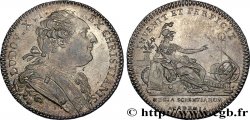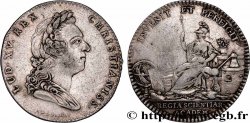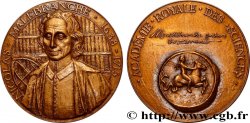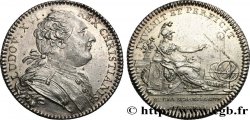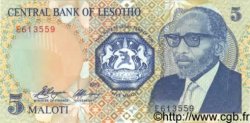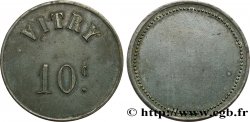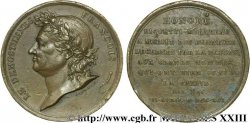fjt_226895 - FRENCH ROYAL ACADEMY OF SCIENCES Académie royale des Sciences, émission de 1752 n.d.
Not available.
Item sold on our e-shop (2014)
Price : 28.00 €
Item sold on our e-shop (2014)
Price : 28.00 €
Type : Académie royale des Sciences, émission de 1752
Date: n.d.
Metal : silver
Diameter : 30 mm
Orientation dies : 6 h.
Edge : cannelée
Catalogue references :
Obverse
Obverse legend : LUD. XV. REX CHRISTIANISS.
Obverse description : Tête à droite de Louis XV signée M [n°330], type Guéant Prieur 620H.
Obverse translation : Louis XV, Roi très chrétien.
Reverse
Reverse legend : INVENIT ET PERFICIT ; À L'EXERGUE : REGIA SCIENTIAR.ACADEMIA.
Reverse description : Pallas assise à droite, entourée d'instruments scientifiques symboliques des différents règnes de la nature : un globe terrestre, de plans, un oiseau, une cornue et un fourneau, une plante dans un pot et une maquette.
Reverse translation : Elle invente et parfait ; à l'exergue : Académie royale des Sciences.








 Report a mistake
Report a mistake Print the page
Print the page Share my selection
Share my selection Ask a question
Ask a question Consign / sell
Consign / sell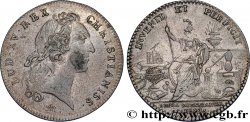
 Full data
Full data